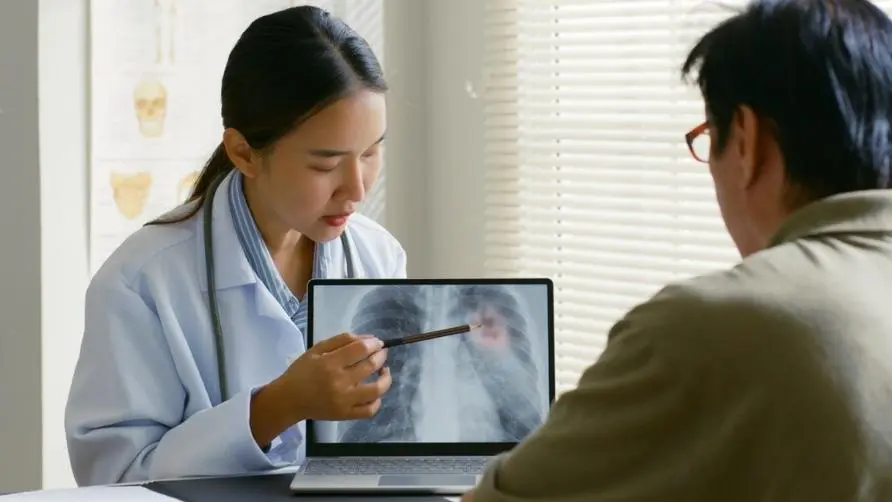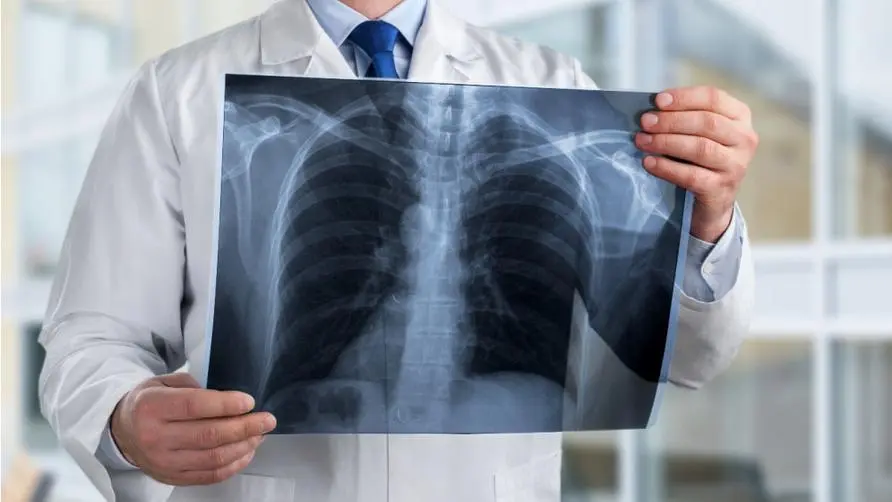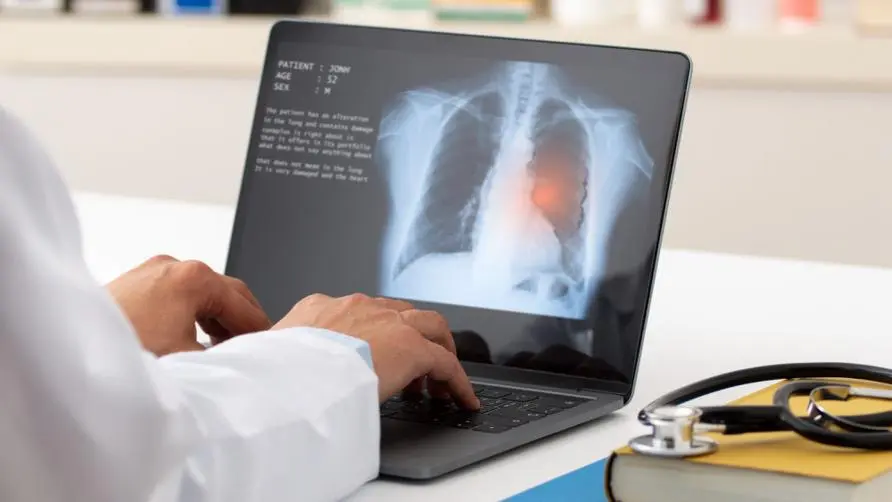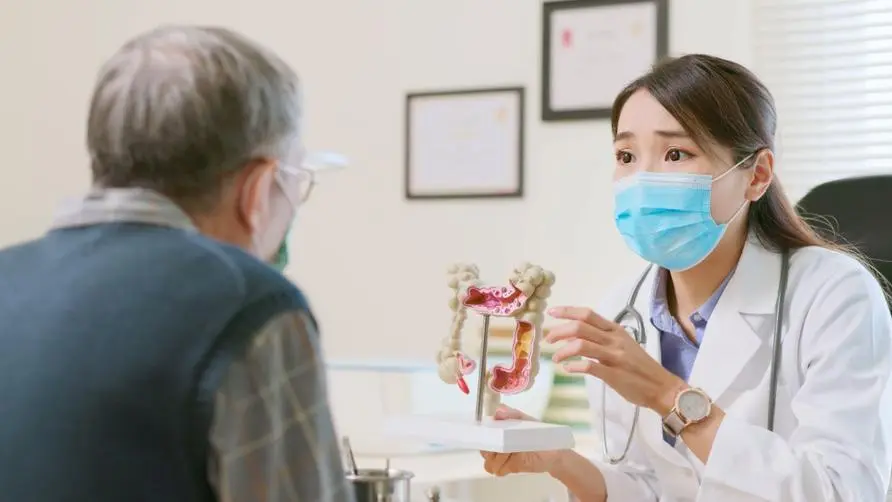It's not just the three evils that need to be eliminated in the Zhou Dynasty! Nutritionist reveals the "three major hazards of diet" for lung cancer: You may be dangerous even if you don't smoke

It’s not just the three evils that need to be eliminated in the Zhou Dynasty! Nutritionist reveals “three major hazards of diet” for lung cancer
The movie “Zhou Chu Removes Three Evils” was released in October last year (2023). It was recently re-released on the streaming platform, triggering a heated discussion; it also achieved outstanding box office results in China. Dietitian Gao Minmin said on the social media that the protagonist in the play is diagnosed with “lung cancer” as the beginning of the elimination of the three evils. In fact, the prevention and treatment of lung cancer also requires the elimination of the following “three evils” in diet to avoid endless troubles:
Red or processed meat. Processed meat has been classified as a Class 1 carcinogen by the International Agency for Research on Cancer (IARC), and red meat has been classified as a Class 2A carcinogen. It is recommended that red meat or processed meat be consumed during gatherings such as spicy pot, barbecue, or all-you-can-eat meals. Meat must be reduced consciously.
Saturated fat and refined sugars. Previous studies have pointed out that the intake of saturated fatty acids is positively correlated with the risk of lung cancer; saturated fats and refined sugars can also easily cause inflammation in the body and lead to obesity. Obesity is a high risk factor for cancer, so it is recommended to avoid any sweets and sugary drinks.
Fried food, barbecued food, etc. Avoid cooking food at high temperatures for long periods of time, such as fried foods, barbecued foods, and smoked foods, as these can easily produce carcinogens. It is recommended to cook by steaming, boiling, stewing, stewing or eating more “prototype foods”.
In addition to avoiding the “three dietary evils” that increase the risk of lung cancer, nutritionist Gao Minmin reminds you that you can eat more of the following five nutritional sources to achieve the effect of seeking good luck and avoiding bad luck in the prevention and treatment of lung cancer:
Phytochemicals. Phytochemicals themselves have powerful antioxidant capabilities and help eliminate free radicals, slow down inflammation in the body, and inhibit the initial division of cancer cells. Good sources of phytochemicals can be obtained from various fruits and vegetables, such as red peppers, carrots, sweet potatoes or green leafy vegetables.
Dietary fiber. Dietary fiber can aid gastrointestinal motility, promote gastrointestinal health, and help improve overall immunity and reduce the risk of cancer. Water-soluble dietary fiber such as mushrooms and apples; insoluble dietary fiber such as burdock and edamame can be taken in a balanced manner.
beta-carotene. It will be converted into “vitamin A” in the human body, which helps to repair mucous membranes and improve defense. You can usually eat more foods such as carrots, sweet potatoes, pumpkins, and papayas.
Omega-3 fatty acids. It is a source of polyunsaturated fatty acids, which helps reduce inflammation symptoms and maintain immunity. Fish, fish oil, algae oil, and nuts are all good sources.
Vitamin C. It is an important vitamin for maintaining immunity. Through the intake of vitamin C, it can increase collagen production and help strengthen the connective tissue of the lungs. It is recommended to consume it from natural foods, such as guava, cherries, cranberries, kiwi fruits, etc.
Can you get lung cancer even if you don’t smoke? Six major risk groups should be checked as soon as possible
Finally, nutritionist Gao Minmin reminded that although Taiwan’s smoking population is on the decline, the number of lung cancer diagnoses and deaths has remained high, and has even increased, creating a situation where “more non-smokers than smokers” have lung cancer; lung cancer squeezes out of the large intestine for the first time Cancer has become the “new cancer king”. In fact, not only smoking is harmful to the lungs, but you should also be alert to the following six lung cancer risk factors.
One is the family history of lung cancer. If parents, brothers, sisters or children have suffered from lung cancer, they may be in a high-risk group. They may have inherited it or lived in a similar carcinogenic environment. Then there are mutated genes. Studies have found that Chinese lung adenocarcinoma is highly correlated with abnormalities in the high-risk genetic factor “YAP1” gene. In particular, women have a higher risk of cancer, which is 5.9 times higher than that of normal genes.
Third, long-term exposure to carcinogens such as diesel engines, exhaust gas, asbestos, heavy metal substances (chromium, arsenic, etc.) may increase the risk of lung cancer. The fourth is smoking or second-hand smoke. The World Health Organization (WHO) found through research that smokers are 30 times more likely to develop lung cancer than non-smokers; and those who have been exposed to second-hand smoke for a long time are more likely to develop lung cancer than non-smokers. 30% more contacts.
Fifth, the oil fume in the kitchen is also a risk factor. Lung cancer in women is likely to be related to the oil fume produced by cooking, especially high-temperature cooking and deep-frying, which are more likely to produce carcinogens. Finally, suspended particles from pollution sources, such as industrial waste gas, automobile and motorcycle exhaust, petrochemical fuels, etc., have been classified as first-level carcinogens. If you are exposed to suspended particles for a long time, the risk of cancer will be greatly increased.
Further reading:





